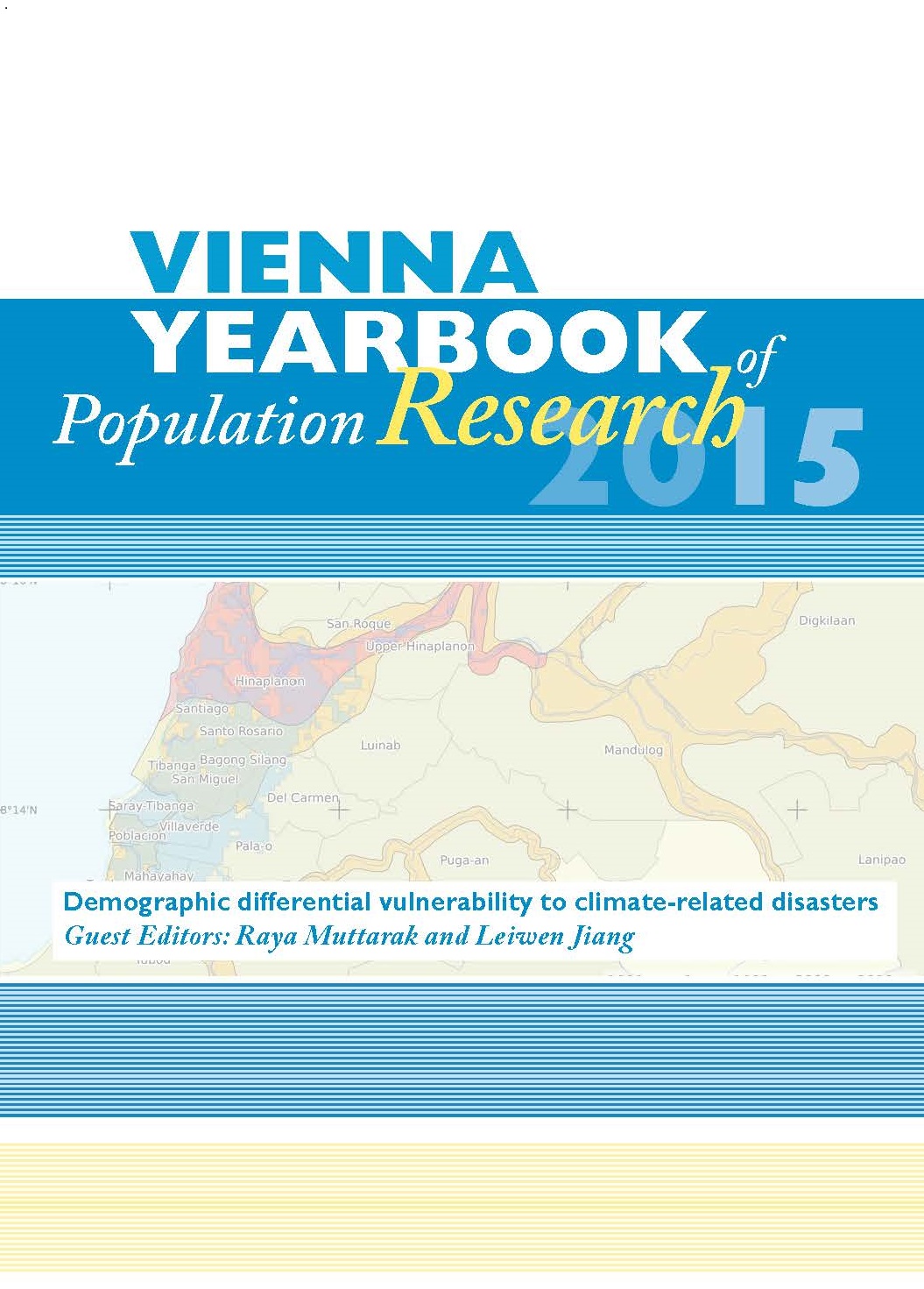
Vienna Yearbook of Population Research 2015, pp. 221-240, 2024/12/12
Special issue on Demographic differential vulnerability to climate-related disasters

The present paper looks at the implications of anticipated changes in population size and composition for the projected number of deaths from natural disasters Building on empirical evidence from cross-country time series of factors associated with natural disaster fatalities since 1970 in 174 countries, the paper first highlights the major role of education in enabling people to cope with weather extremes in the past. Using the five demographic scenarios implied by the Shared Socioeconomic Pathways (SSPs), which include trajectories for the future of educational expansion, this evidence is translated in the second part of the paper into projections of the number of deaths from climate-related extreme natural events for six major world regions. Assuming constant hazard, we demonstrate the importance of including in assessments of future vulnerability not only the projected population size but the full population heterogeneity by age, sex and level of education.
Keywords: Demography; Environment; Climate Change; Natural Disaster; Thailand